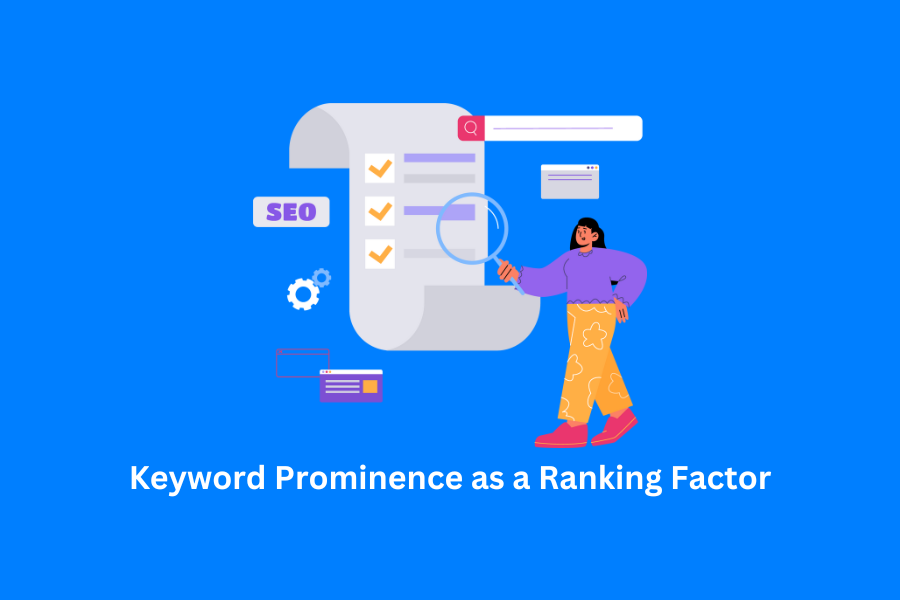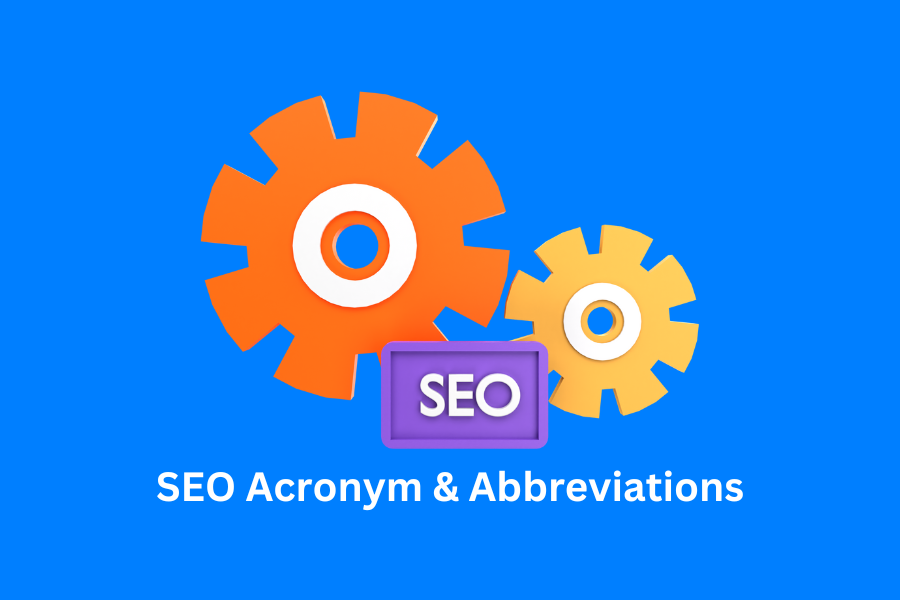SEO is crucial for driving organic traffic to websites, and knowing how to use primary and secondary keywords can transform your online presence from ordinary to extraordinary.
What Are Primary and Secondary Keywords in SEO?
Primary Keywords: The Main Focus
Primary keywords are the cornerstone of your SEO strategy. These are the key terms or phrases that represent the main focus of your content. Think of them as the lead actors—they grab attention and steer the narrative. These keywords usually have high search volumes and are the most competitive.
Examples:
- Logistics Keyword: “Freight Management Services”
- Stock Market Keyword: “Stock Market Analysis”
- Interior Design Keyword: “Modern Interior Design Trends”
Secondary Keywords: The Supporting Cast
Secondary keywords, while not the stars of the show, play an essential supporting role. They are related phrases that enhance the context of the primary keyword, broadening the scope and helping capture a wider range of search queries. These keywords help your content cover more ground and improve relevance by addressing subtopics or closely related concepts.
Examples:
- Logistics Keyword: “Logistics and Supply Chain Management,” “Efficient Freight Solutions”
- Stock Market Keyword: “Investment Strategies,” “Market Trends Analysis”
- Interior Design Keyword: “Home Decor Ideas,” “Interior Design Inspirations”
Crafting a Balanced SEO Strategy: Primary and Secondary Keywords
1. Research: The Foundation
A successful SEO strategy starts with thorough keyword research. Tools like SE Ranking, Ahrefs, Keyword Surfer, AnswerThePublic, and SEMrush can help identify both primary and secondary keywords. Your goal is to find a balance between search volume and competition: primary keywords should target the main search intent, while secondary keywords address related queries.
2. Integration: Seamless Use of Keywords
- Primary Keywords should appear in key areas: the title, headers, URL, meta description, and naturally throughout the content.
- Secondary Keywords add context and depth. Use them in subheaders, body text, and image alt tags.
Optimization Tips:
- Place your primary keyword within the first 100 words of your content.
- Use secondary keywords to enrich the main topic and cover subtopics.
Keyword Strategy in Action
Logistics Example:
- Title: Transforming Freight Management Services with Efficient Logistics Solutions
- Meta Description: Discover comprehensive logistics and supply chain strategies, focusing on efficient freight solutions for your business needs.
- Headers:
- H1: Freight Management Services
- H2: Efficient Freight Solutions
- H2: Logistics and Supply Chain Management
Stock Market Example:
- Title: In-Depth Stock Market Analysis and Investment Strategies
- Meta Description: Explore expert stock market analysis and discover the best investment strategies to maximize returns.
- Headers:
- H1: Stock Market Analysis
- H2: Investment Strategies
- H2: Market Trends Analysis
Interior Design Example:
- Title: Modern Interior Design Trends and Inspirations for Your Home
- Meta Description: Stay updated with the latest modern interior design trends and discover unique home decor ideas to elevate your space.
- Headers:
- H1: Modern Interior Design Trends
- H2: Home Decor Ideas
- H2: Interior Design Inspirations
The Importance of Keyword Mapping
Keyword mapping ensures that primary and secondary keywords are properly assigned to specific pages to avoid keyword cannibalization and enhance page focus.
Steps to Keyword Mapping:
- List Your Keywords: Start with a comprehensive list of both primary and secondary keywords from your research.
- Categorize Content: Group your content into relevant categories.
- Assign Keywords: Assign primary keywords to main content areas, while secondary keywords support subtopics.
Example for a Logistics Company:
- Homepage: Use “Logistics and Supply Chain Management” as the primary keyword.
- Services Page: Focus on “Freight Management Services” with secondary keywords like “Efficient Freight Solutions.”
- Blog: Cover related topics such as “Innovations in Logistics.”
Best Practices for Optimizing Keywords
- Keyword Grouping: Organize primary and secondary keywords into related clusters to target different search intents within the same category.
- Keyword Mapping: Ensure each page has a clear focus with its primary and secondary keywords to avoid overlap.
- Keyword Domination: Use variations of your primary keywords and complement them with secondary keywords to cover a wide range of search queries.
Pro Tip: Conduct keyword research with tools like SEMrush, SE Ranking or Ahrefs to find a balance between search volume, competition, and relevance.
Final Thoughts
Understanding the difference between primary and secondary keywords and using both effectively is critical for building a strong SEO strategy. Through solid research, keyword mapping, and thoughtful integration, you can improve your website’s visibility and attract more relevant traffic.









